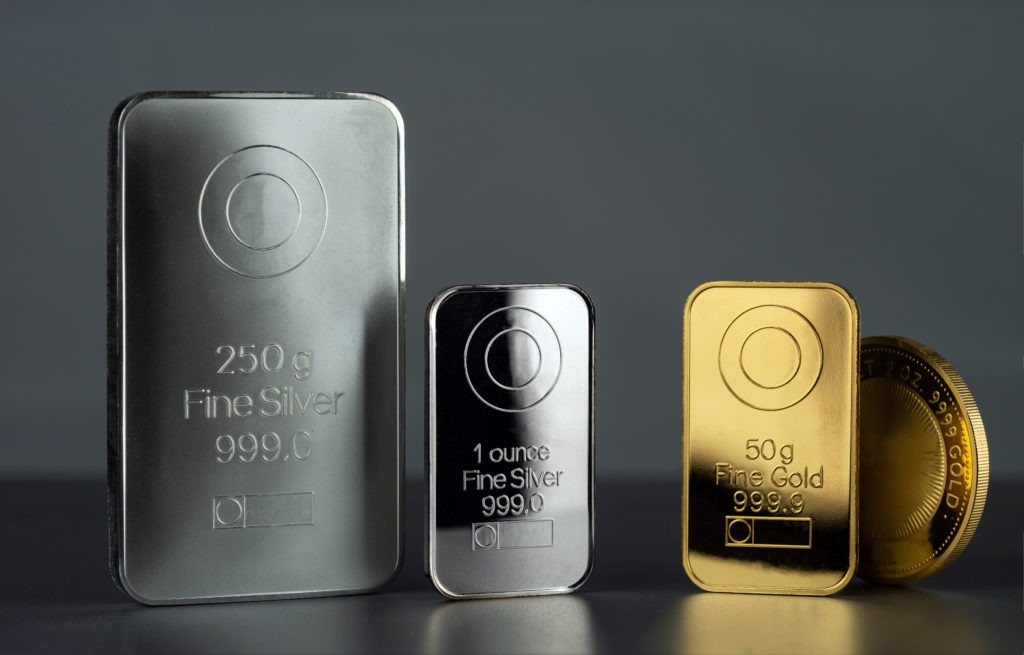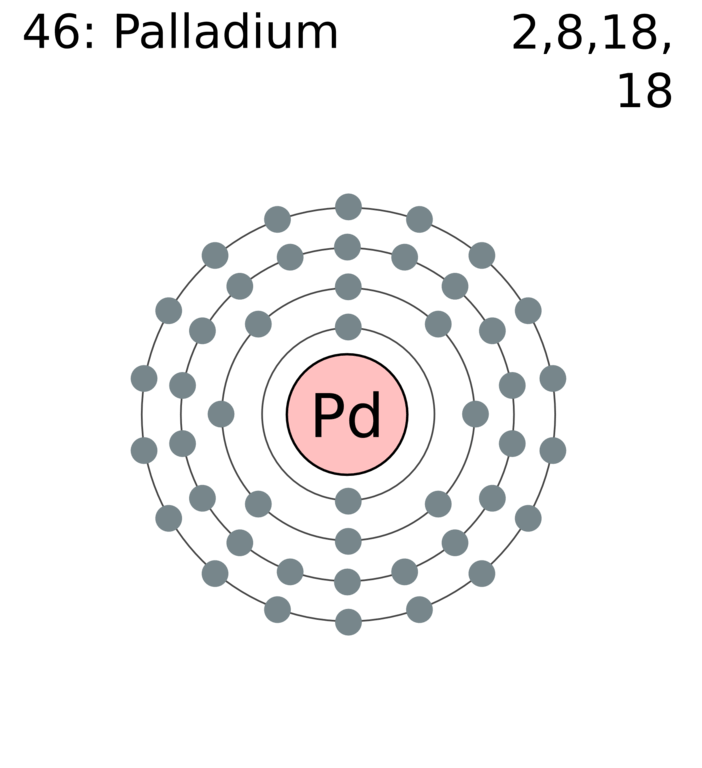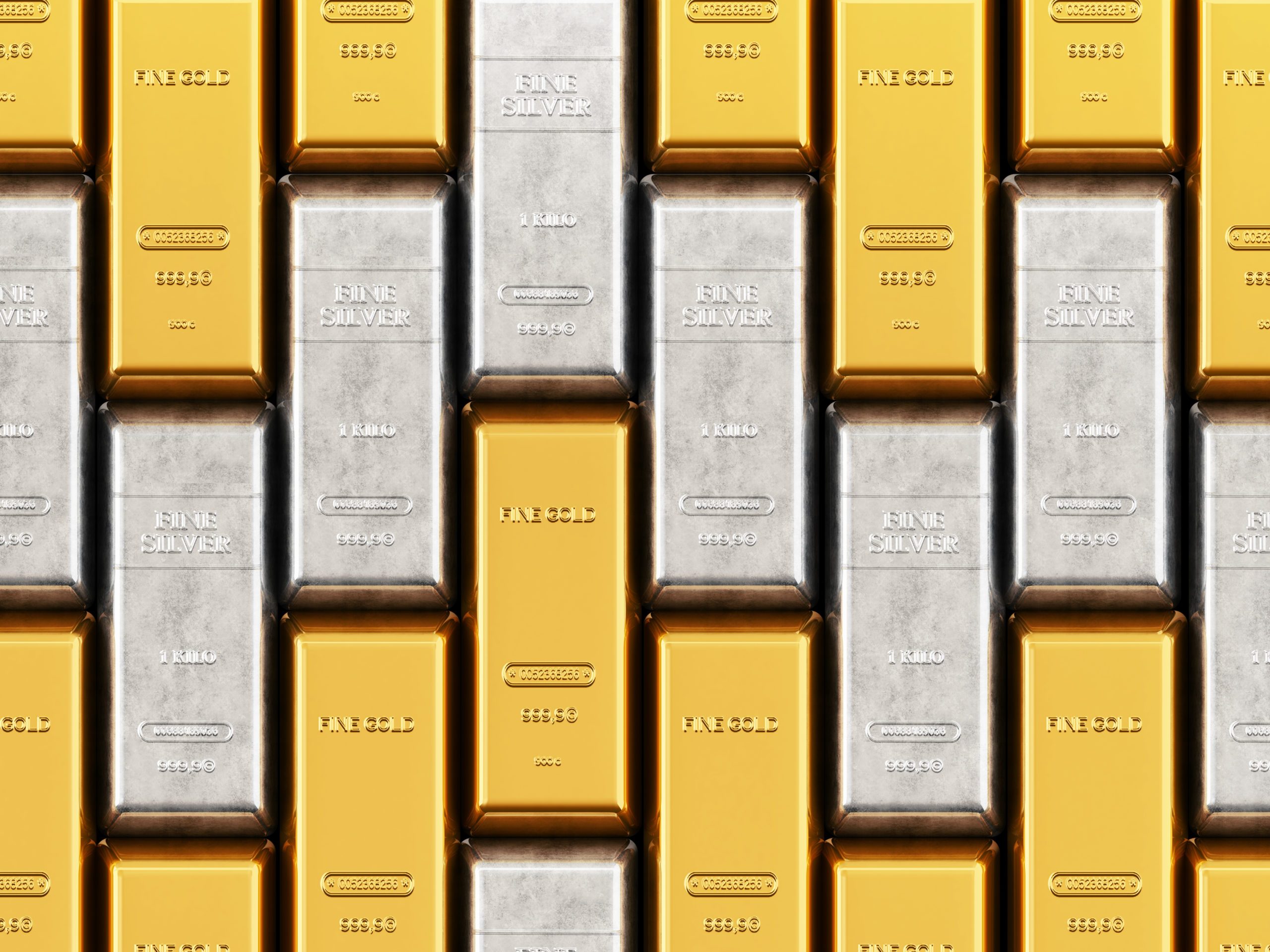At Garfield Refining, we’re in the business of buying and selling precious metals like gold, silver, platinum, and palladium. But what, exactly, is a precious metal?
It’s a good question. And the answer isn’t as clear-cut as you may think.
A simple definition: precious metals are rare metallic chemical elements that have high economic value. These metals have high economic value due to their scarcity, industrial uses, and uses as a store of value (currency).
By far, the most popular precious metals are:
- Gold
- Silver
- Platinum, and
- Palladium.
What is Considered a Precious Metal?
Generally, a metal considered precious is typically rare. Mining companies collect precious metals from the earth’s crust before they turn into bullion or currency. That’s unlike paper currency, which governments across the world can print.
The abundance of elements found in the earth’s crust is measured in parts per million (ppm). Gold (0.004 ppm) is the rarest precious metal, followed by platinum (0.005 ppm) and silver (0.075 ppm).

By comparison, aluminum, the most common metal found on Earth, makes up about 7% of the mass of the Earth’s crust. This is one reason why aluminum isn’t considered a precious metal, but gold and silver are.
Interestingly, aluminum was once more expensive than gold. It was complex to refine aluminum from ore throughout most of the 19th century, making aluminum rarer and more expensive than gold and silver.
Demand for the Precious Metals
By the late 19th century, metallurgists discovered a technique to produce aluminum more efficiently. In turn, aluminum became less expensive.
The case of aluminum drives home this point: The discovery of new improvements in mining or refining processes can cause precious metals’ value to diminish.
High demand and market value also determine a metal’s worth. Precious metals like gold, silver, and platinum become known as bullion in bulk form and trade regularly in commodity markets. Gold and silver become bullion when they’re at least 99.5% pure and in the form of bars or ingots.

Precious metals often took the form of currency throughout history because of their value, and this practice continues today in the form of coinage metals. Internationally, gold, silver, platinum, and palladium all retain currency codes with ISO 4217.
Precious Metal Chemical Characteristics
Precious metals also share many physical and chemical characteristics.
The metals we know as “precious” are all highly resistant to corrosion and have high melting points and hardness. The majority of today’s precious metals also appear very close to one another on the Periodic Table of Elements.
There are some caveats, though. Palladium and platinum, for example, are soft and ductile. But six precious metals (palladium, platinum, rhodium, osmium, iridium, ruthenium) share so many similar chemical characteristics that they belong to a group called the Platinum Group Metals (PGMs).
PGMs are the densest known metals on earth, and they’re highly durable and found in the same ore bodies during the mining process.
Established in 1892, Garfield will get you the most for your gold, silver, platinum, and palladium, and we offer the industry’s best customer service. Call us today at 888-677-2362 to find out why Garfield is a premier precious metals refinery!

